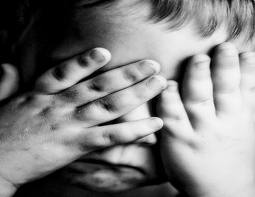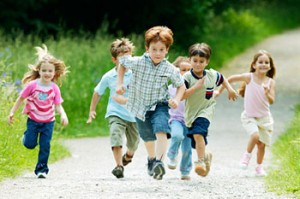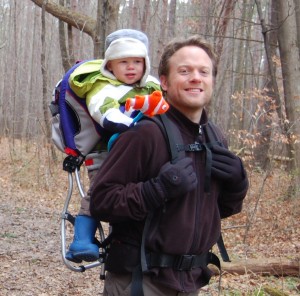 Parents across the nation send their children to public schools with the confidence that principals and teachers are providing an environment where children can learn, grow and thrive.
Parents across the nation send their children to public schools with the confidence that principals and teachers are providing an environment where children can learn, grow and thrive.
We hear so much about in the news about ways to improve our education system – especially in this presidential election year, when candidates are offering proposals and counter-proposals to fix our schools.
But is there any evidence as to what really works? As a parent of young children, our schools are one important place where I want to see evidence-based guidelines put in place.
The best place I’ve found for evidence-based information on education is called the What Works Clearinghouse, an initiative by the U.S. Department of Education that conducts systematic reviews on education research to provide educators with the information they need to make evidence-based decisions.
The project is a true treasure trove of information, with research reviews on a myriad of topics including dropout prevention, school choice, early childhood education and student behavior, to name just a few.
On a recent cruise through the site, several topics piqued my interested including:
- A presentation on how to move evidence-based programs into practice.
- A systematic review of character education curriculums.
- A study on the role of board games for improving numeracy skills among low-income preschoolers.
I’m certainly going to share this amazing resource with my son’s teachers, and use to gather information about the curriculums he’ll be learning in elementary school. As a parent, it’s a relief to know there’s a place to look for reliable, evidence-based information on education.












